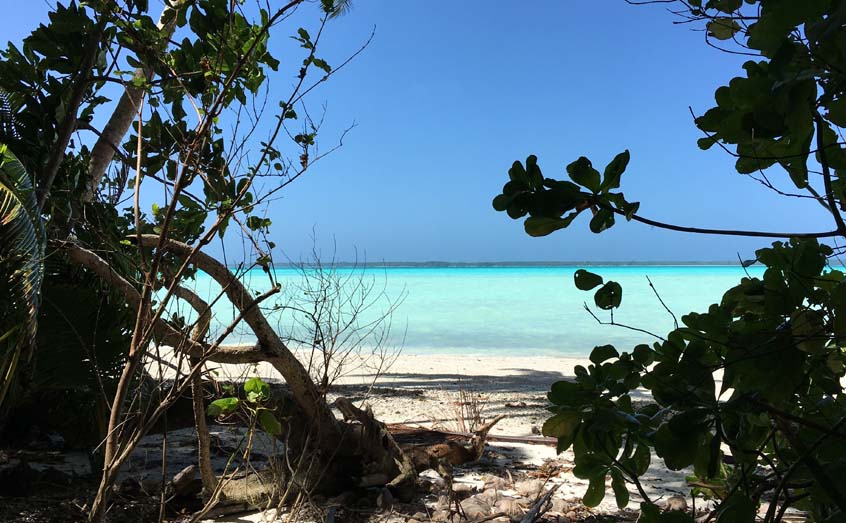SAMS news room
Experts assess ecological risks to UK overseas territories

A new study has for the first time predicted which invasive species could pose a future threat to the UK’s ecologically unique Overseas Territories.
The 14 Territories – many of them small, remote islands such as St Helena and Pitcairn – are home to species found nowhere else in the world. This makes them extremely vulnerable to biological invasions – in the oceans or on land – which could lead to the extinction of these endemic species or irrevocably change their unique ecosystems.
A team of experts led by the UK Centre for Ecology & Hydrology (UKCEH) and Durham University, which included Prof Elizabeth Cottier-Cook of SAMS, worked in partnership with communities in the Overseas Territories and assessed thousands of potential invasive non-native species. The team then predicted which species are most likely to arrive and impact these environments within the next 10 years. Prof Cottier-Cook led the marine working group, investigating non-native marine invasive species.
The resulting research, published in the journal ‘Conservation Letters’, provides a reference for authorities, conservation ecologists and the public to guide them in preventing these invasive non-native species from becoming established and causing ecological and economic damage.
UKCEH ecologist Professor Helen Roy, who led the work, says: “These territories are exceptionally biodiverse. St Helena, for example, has over 400 invertebrates found nowhere else in world – it is simply unique. We hope that this study draws attention to these Overseas Territories and the inspiring people on them who are working so hard to protect their incredible wildlife and habitats.”
To produce the list, experts from each UK Overseas Territory collaborated with the wider project team of experts from around the world to predict which invasive non-native species were likely to arrive, establish and impact on biodiversity, ecosystems, human health and the economy within the next 10 years. The report also examines how the species are most likely to arrive, with shipping containers identified as a key route for many animal species.
Gibraltar and Saint Helena are threatened by biological invasion from the greatest number of species overall. St Helena is most at risk from a high number of plant species, while the Falkland Islands and Tristan da Cunha are threatened by the most marine invasive non-native species.
As a result of the work by Prof Cottier-Cook's marine team, two of the three highest risk non-native invasive species are ocean-based. The highest ranked, by threat level, is the green mussel (Perna viridis). It can ‘hitchhike’ around the world on ships and boats, and form dense colonies in places where it establishes outcompeting other species by, for example, reducing levels of phytoplankton – a key component of aquatic ecosystems. Ranked third on the overall list is the Pacific oyster.
Prof Cottier-Cook said: “Leading the marine working working group and being able to work with people involved in the Overseas Territories was a real thrill and I hope our work will go on to make a real difference to marine planning in these parts of the world.
"The marine species identified were ranked overall as a considerable threat when we looked at biodiversity, the economy and health in these often isolated communities.”
Ecologists and other experts on the UK Overseas Territories are aware of the challenges of invasive non-native species and in many cases have robust biosecurity measures in place, but Professor Roy hopes that the report will draw attention to their vital work.
Professor Roy added: “Preventing the introduction of invasive non-native species is key, because management of species that have established and spread is often extremely expensive and in some cases there are no options available. We hope that this list will help inform action, including supporting biosecurity activities, to safeguard the wildlife in these precious places.”
